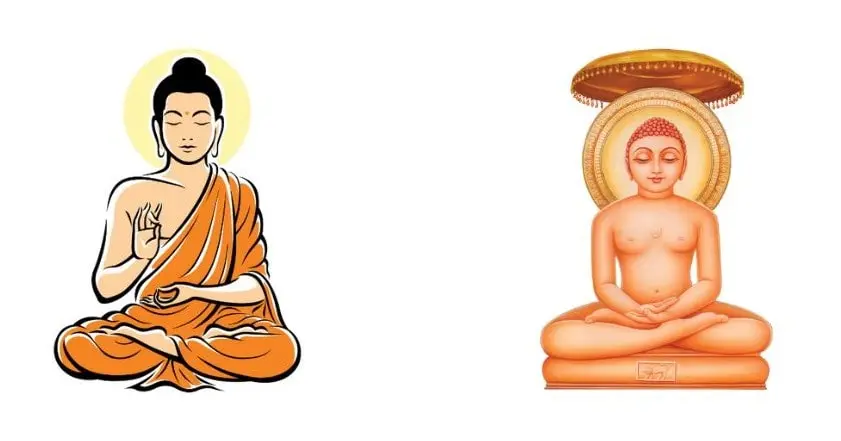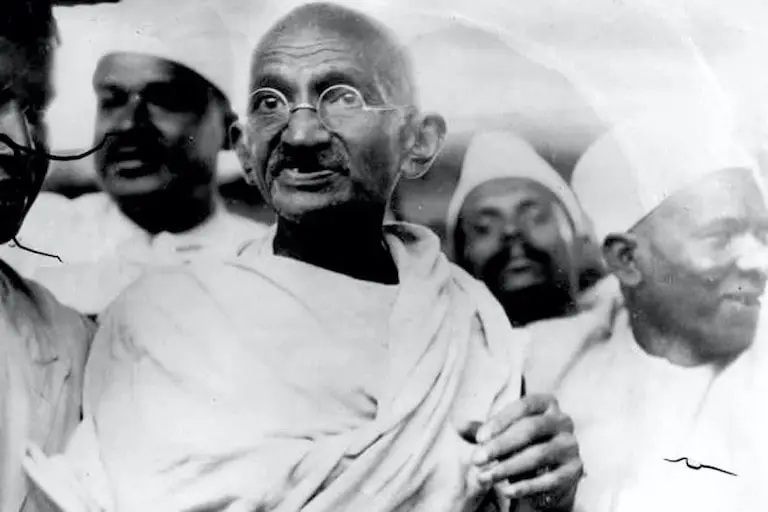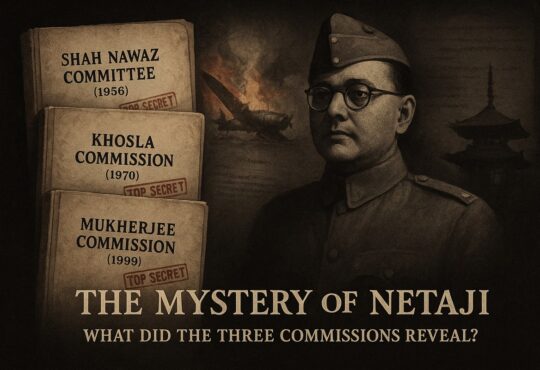
The Decline of Hindu Self-Defense: Historical Roots and Modern Challenges
The concept of self-defense has been deeply ingrained in Hindu culture for centuries. From ancient warriors like Arjun to modern-day martial arts practitioners, Hindus have always valued the ability to protect themselves and their communities. However, in recent decades, there has been a noticeable decline in the practice of Hindu self-defense. This article explores the historical roots of this decline and the modern challenges that continue to hinder its revival.
The Influence of Buddhism and Jainism on Hinduism
One of the most significant influences on Hindu thought and behavior comes from the teachings of Buddhism and Jainism. These two religions originated in India around the 5th and 6th centuries BC, respectively. Both religions placed a strong emphasis on ahimsa or non-violence.

In Buddhism, the principle of non-violence extends to all living beings. The belief is that causing harm to others creates negative karma that affects one’s spiritual journey. Similarly, Jainism teaches that non-violence is the highest duty, and even the smallest act of harm, such as hurting an insect, should be avoided.
These teachings deeply influenced Hinduism, especially when these religions were widely practiced across India. The emphasis on kindness, compassion, and avoiding conflict became intertwined with Hindu values. As a result, non-violence became a core principle in Hindu ethics, shaping how Hindus approach life and how others perceive them.
The Impact of British Colonial Rule on Hindu Society
The colonial period in India, particularly under British rule, significantly changed Hindu society. The British, to maintain control, systematically disarmed the native population, including Hindu warriors and martial arts practitioners. This disarmament not only weakened the physical strength of Hindu communities but also eroded their cultural identity.
One of the most profound impacts was the systematic suppression of traditional Hindu martial arts. These arts were important not only for self-defense but also for maintaining a strong and disciplined society.
Furthermore, the British colonial administration implemented policies that disrupted the traditional social structure of Hindu society. They introduced new legal and administrative systems that often marginalized Hindu customs and practices. This dismantling of indigenous governance and community organization made it difficult for Hindus to maintain a strong, unified identity, further contributing to the perception of Hindus as a subdued and compliant community.

Mahatma Gandhi’s Legacy of Non-Violence
Mahatma Gandhi, one of the most iconic leaders of the Indian independence movement, played a pivotal role in shaping modern Hindu identity. Gandhi’s philosophy of Satyagraha, or “truth-force,” was based on the principle of non-violence. He believed that resisting oppression without resorting to violence was morally superior and more effective in the long run.
Gandhi’s non-violent resistance against British rule became a powerful symbol of the Indian struggle for independence. His methods were deeply rooted in Hindu spiritual traditions, drawing from the teachings of the Bhagavad Gita and other sacred texts.
Gandhi’s influence was so profound that his ideals of non-violence and peaceful protest became central to the Hindu way of life. Even after India’s independence, Gandhi’s legacy continued to shape how Hindus viewed themselves and others. The association of Hinduism with non-violence became stronger, reinforcing the image of Hindus as gentle and peace-loving.
Political Fragmentation and the Role of Media
In the decades following independence, India’s political landscape became increasingly fragmented. Caste-based politics, or jati politics, began to dominate, dividing the Hindu community along lines of caste and regional identity. This division weakened the sense of a unified Hindu identity and made it difficult for Hindus to unite as a strong, cohesive community.
At the same time, the media played a significant role in shaping public perceptions of Hindus. Through films, television, and news outlets, a narrative was subtly crafted that portrayed Hindus as inherently peaceful and non-aggressive. While these portrayals were often well-intentioned, aiming to promote social harmony, they also reinforced the stereotype of Hindus as passive and non-confrontational.
This media portrayal, coupled with the political divisions within the Hindu community, contributed to a broader perception of Hindus as a “soft” community. The lack of strong, unified representation in the political and social arenas further cemented this image.
ALSO READ: Constitutional Discrimination against Hinduism
The Modern Education System and Cultural Shifts
The modern education system in India, which Western models have heavily influenced, strongly emphasizes academics and intellectual achievement. While this focus on education has led to significant advancements in science, technology, and other fields, it has also contributed to a decline in traditional physical training and martial arts.
Physical strength and self-defense were important aspects of Hindu culture in the past. Traditional forms of physical training, such as wrestling, archery, and other martial arts, were not only means of defense but also ways to build discipline, character, and community cohesion.
However, these traditional practices have become less common with the shift towards a more academic-oriented education system. As a result, the emphasis on physical strength and martial skills has diminished, further contributing to the perception of Hindus as less assertive or strong than other communities.
Conclusion: A Complex Legacy of Peace and Strength
The perception of Hindus as a gentle and peaceful community is rooted in a complex mix of historical, religious, and societal factors. From the influence of Buddhism and Jainism to the impact of British colonial rule, from Gandhi’s philosophy of non-violence to the modern education system, these elements have shaped how Hindus are viewed today.
While the image of Hindus as peaceful is a source of pride, it is also important to recognize the rich tradition of strength, resilience, and self-reliance within the Hindu community. Understanding these factors allows for a more nuanced view of Hindu identity and helps appreciate Hindu culture’s diverse and dynamic nature.
As Hindus continue to navigate the challenges of the modern world, it is essential to strike a balance between maintaining the values of peace and compassion while embracing the strength and unity that have been an integral part of their history. By doing so, the Hindu community can continue to thrive and contribute positively to the broader global society.




You’ve just cleared the mindset with such a simple language. What we were, what we are today and what we should be in few words. Best anyone can explain about what are the causes that made us the people that we are today who face such consequences because of our deeds (not acting).